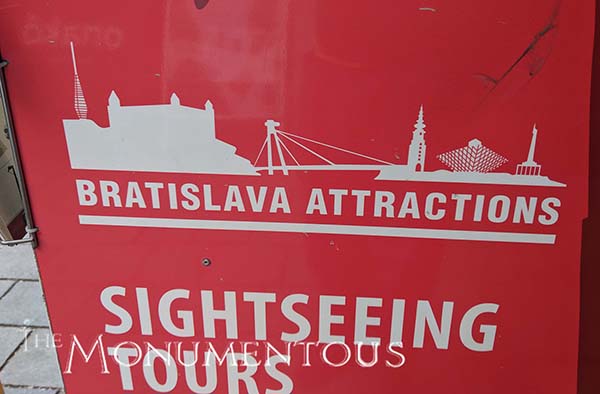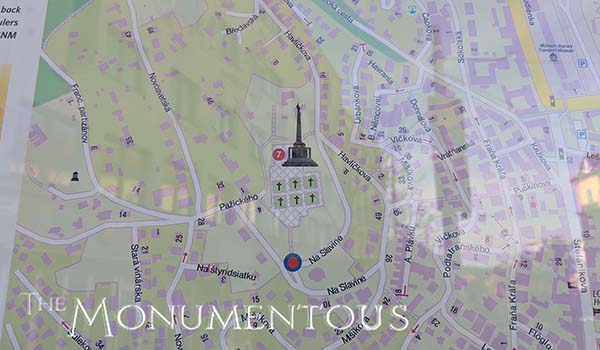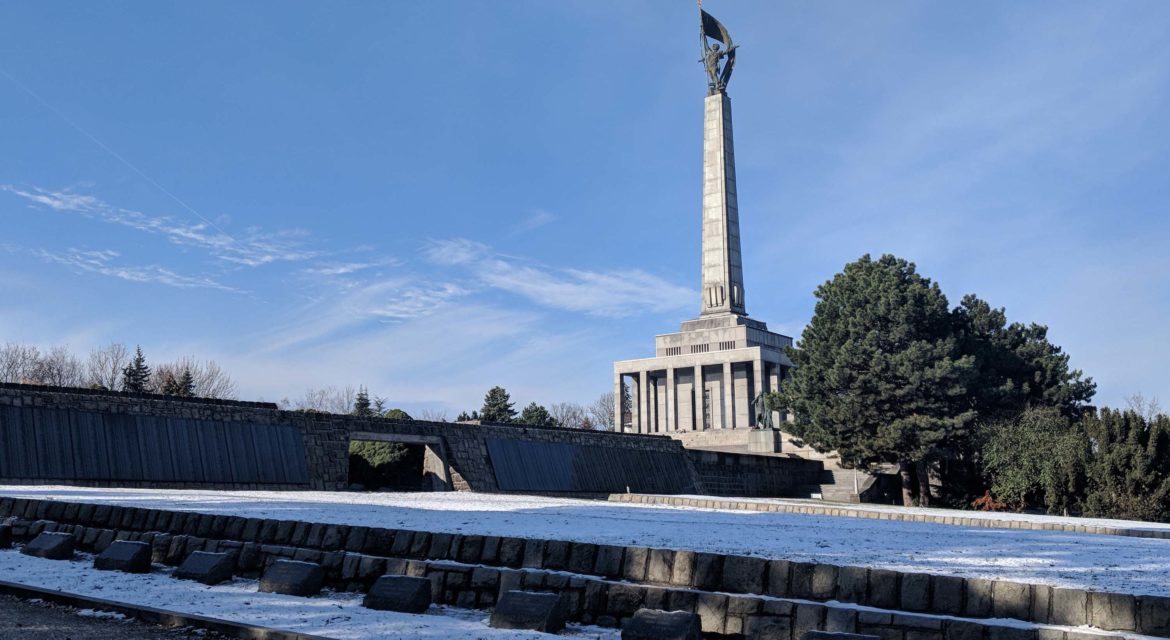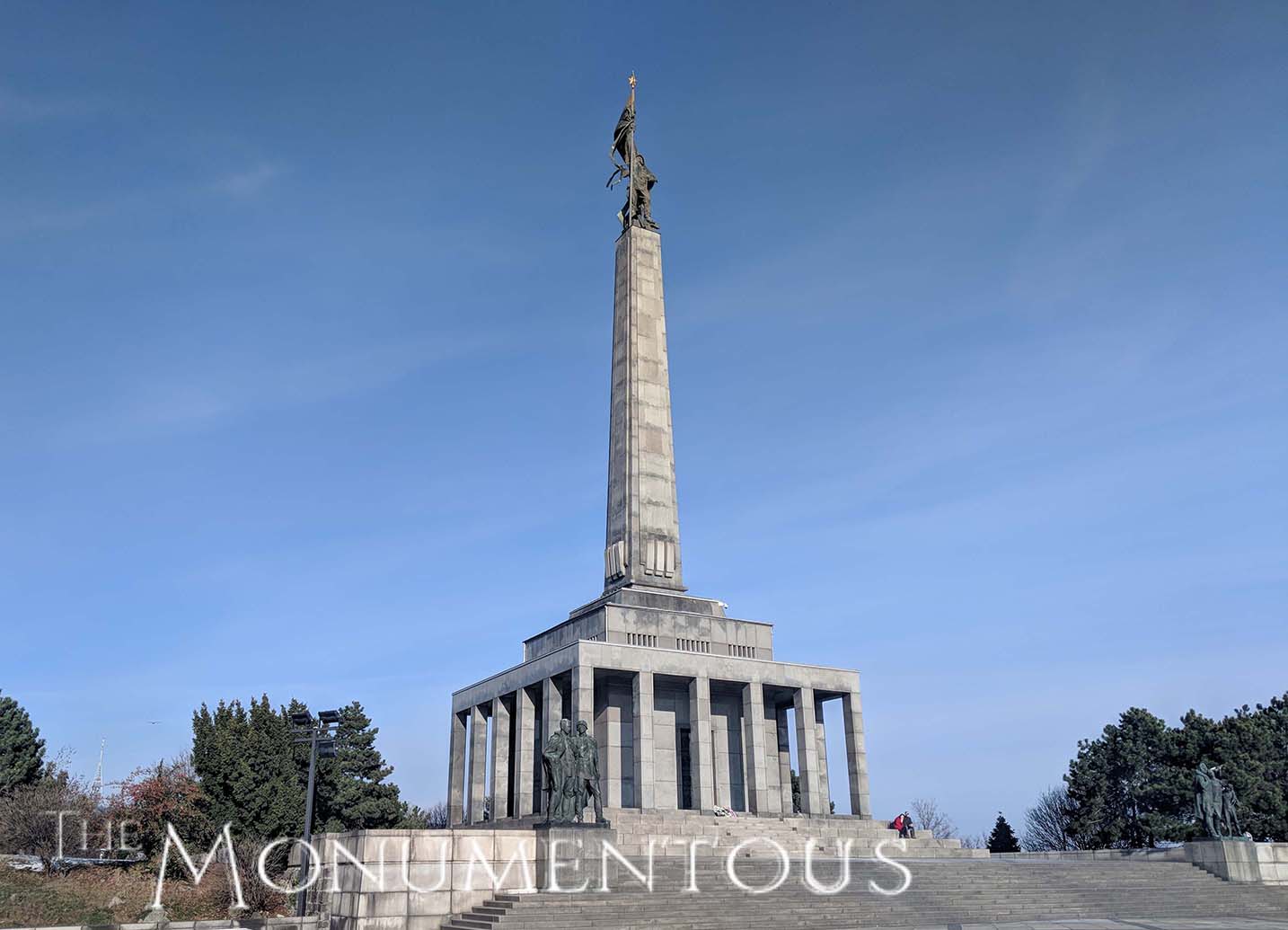 Slavín is a memorial complex overlooking the city of Bratislava, the capital of Slovakia. It commemorates the city’s liberation by the Red Army in April 1945 and features a variety of memorials, monuments as well as a cemetery dedicated to soldiers who fell while liberating Bratislava. While it has a complicated past that has influenced how the site is viewed in the present, it has also created a legacy that will continue to define the culture and identity of the entire region and country.
Slavín is a memorial complex overlooking the city of Bratislava, the capital of Slovakia. It commemorates the city’s liberation by the Red Army in April 1945 and features a variety of memorials, monuments as well as a cemetery dedicated to soldiers who fell while liberating Bratislava. While it has a complicated past that has influenced how the site is viewed in the present, it has also created a legacy that will continue to define the culture and identity of the entire region and country.

Commemorating and Honoring the Liberation of Bratislava
Built between 1957 and 1960, Slavín was opened on April 3, 1960 to mark the 15th anniversary of the city’s liberation. Almost 7,000 Soviet soldiers who died during the liberation of Bratislava are buried in the military cemetery, which contains 6 mass graves and 278 individual graves. Like other memorials, the names of these soldiers are written in Russian on granite plaques that surround the complex.
The ceremony hall is the dominant part of the monument. The central obelisk is almost 40-meters tall and is topped by an 11-meter tall statue of a victorious Soviet soldier carrying a flag. Around the base are inscriptions recording the Slovak cities liberated by the Red Army during its westward advance in 1944 and 1945.
 Situated on top of the Slavín hill, one of Bratislava Old Town’s topographic highs, Slavín offers an incredible panorama of the entire city. The complex also contains numerous other monuments and attractions. These include a Russian wooden cross, military bunkers from World War I as well as sculptures and reliefs by a variety of Slovak artists.
Situated on top of the Slavín hill, one of Bratislava Old Town’s topographic highs, Slavín offers an incredible panorama of the entire city. The complex also contains numerous other monuments and attractions. These include a Russian wooden cross, military bunkers from World War I as well as sculptures and reliefs by a variety of Slovak artists.
All of these factors have had a major influence on how the monument is viewed and embraced by both residents and visitors.

An Icon for All Eras
 In 1961, Slavín was declared a National Cultural Monument, but that’s just one example of how it has come to serve as an important icon of the history of the city and nation. A 2016 5-ruble steel coin of Russia features the Slavín memorial complex also signifies the kind of cultural impact it has enabled which goes beyond the borders of Slovakia.
In 1961, Slavín was declared a National Cultural Monument, but that’s just one example of how it has come to serve as an important icon of the history of the city and nation. A 2016 5-ruble steel coin of Russia features the Slavín memorial complex also signifies the kind of cultural impact it has enabled which goes beyond the borders of Slovakia.
Wreaths, candles and flowers are actively placed on and near the ceremony hall as well as on the graves in the cemetery. These commemorations showcase how the memorial remains part of the lives of residents, but Slavín isn’t just a place for remembrance.
Every 4th April, a celebration takes at Slavín as a tribute to the fallen soldiers. It is also a popular attraction for foreign dignitaries, as leaders from Russian, the United States and plenty more have made visits to the site when they were in the area. That includes a visit by a foreign minister on the 70th anniversary of Bratislava’s liberation. It has also become a place for couples to spend time with their better halves and serves as a prominent feature in materials showcasing the activities and attractions in Bratislava.
 Slavín was created in the aftermath of the Communist Party takeover of Czechoslovakia in 1948, and many residents have mixed feelings about a monument that comes from this time period and honors soldiers from the Soviet regime. Because of that, the popular legacy of Slavín has been somewhat undermined, but that hasn’t taken it away from becoming an icon of the city that has influenced a legacy for the whole region.
Slavín was created in the aftermath of the Communist Party takeover of Czechoslovakia in 1948, and many residents have mixed feelings about a monument that comes from this time period and honors soldiers from the Soviet regime. Because of that, the popular legacy of Slavín has been somewhat undermined, but that hasn’t taken it away from becoming an icon of the city that has influenced a legacy for the whole region.
 Legacy Over Politics
Legacy Over Politics
Countries across Europe deal with their Soviet legacies in a variety of ways, and Slavín is an active part of how Bratislava and Slovakia as a whole have dealt with their past and future. By building on the history and memories that were already part of Slavín, the monument has been able to showcase what it means for legacy to triumph over politics. Doing so has created something that residents and visitors continue to appreciate and experience in a number of powerful ways.


